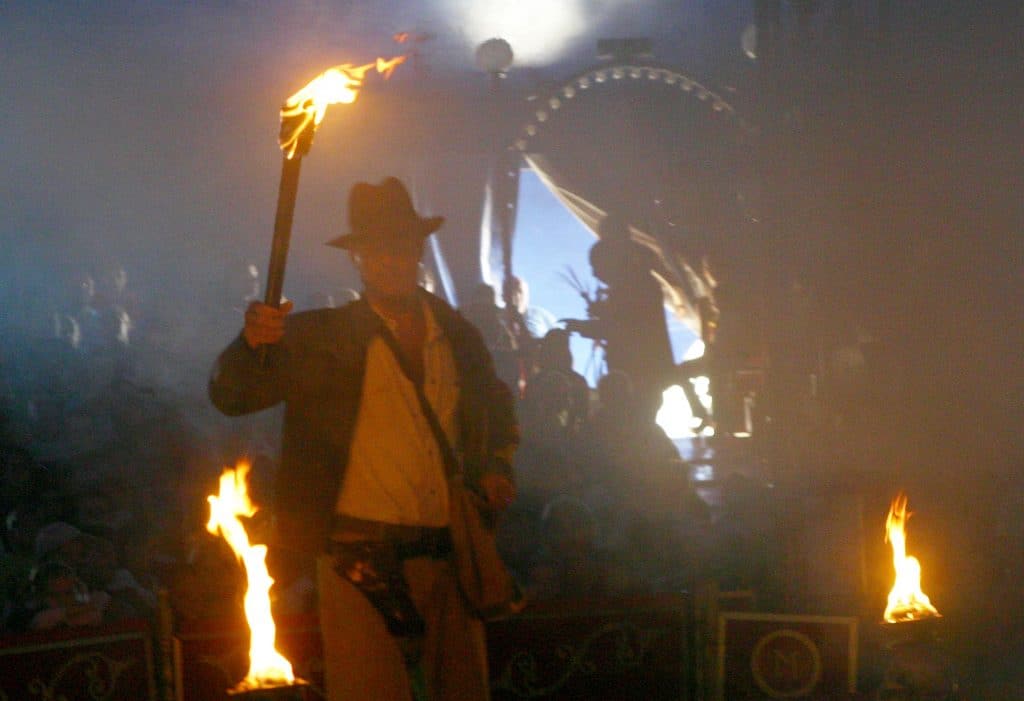THE QATSPY® The Quapaw Aviation Tactical Sportswear & Performance, Your Outfitter Company, Authorized Distributor for US WINGS®
OUR BUSH PILOT GEAR an interest to any news, weather, and/or sports broadcaster.
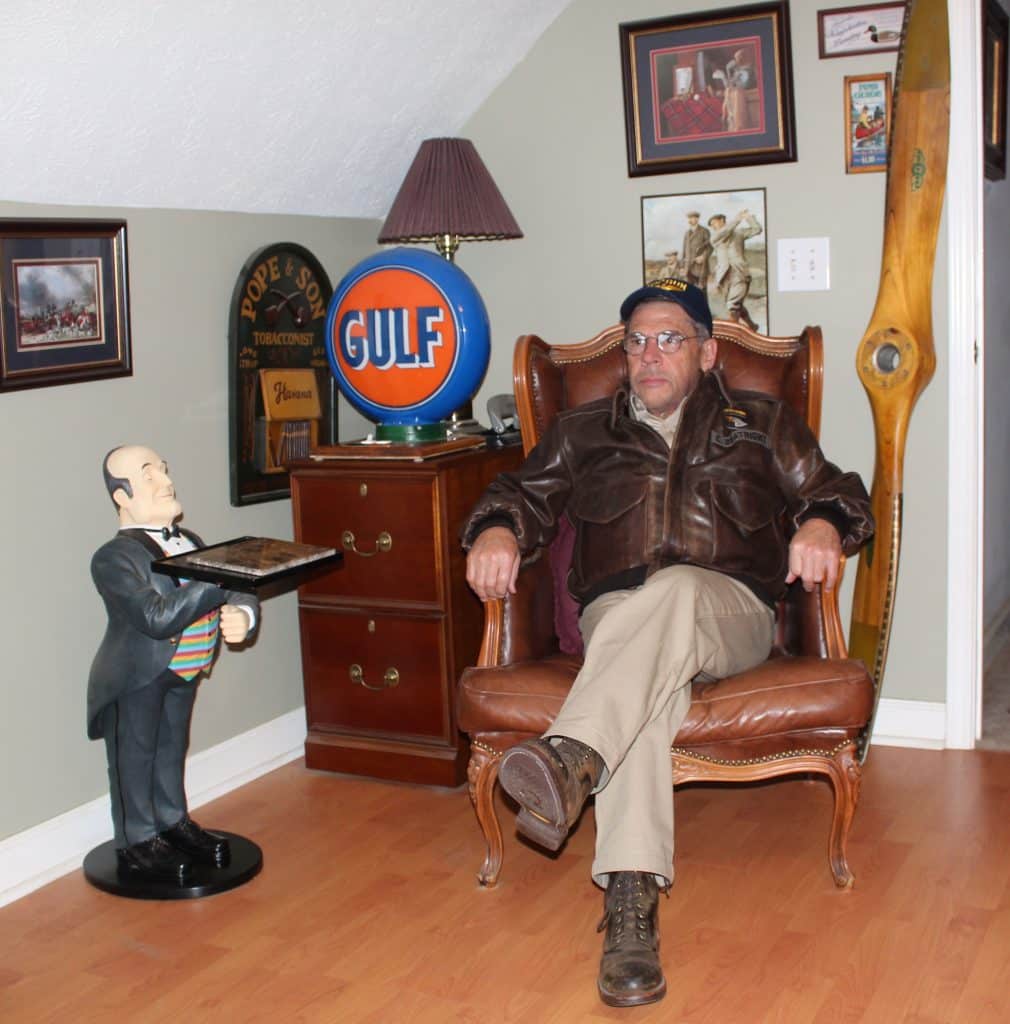
By: Charles W. Boatright, President of THE Quapaw Aviator Tactical Sportswear Performance, Your Outfitter Company
Indy’s BUSH PILOT’S Chinos/Leather Jacket– The Gear that was Born out of Necessity that Heavily Influenced Indiana Jones’ Movie Character
The best gear and equipment are born out of necessity and are battlefield tested by having a military and Bush Pilot connection. Some of the best gear is military surplus that was manufactured based on U.S. Mil-Spec (or Military specifications). Military service personnel and Bush Pilots depend on their gear for their survival. I have highlighted two pieces of gear in this article that go to the very heart of survival for the military and bush pilots that heavily influenced a movie character’s persona at theaters.
Men and Women who put on the uniform and gear-up serving our country depend on their gear to function and perform as specified for their survival. I would like to focus on two pieces of gear that that bush pilots, or Kerosene Cowboys, also rely on that has heavily influenced Indiana Jones’ outfit and are fashionable, even in today’s era. One piece of gear goes back to 1898, during the Spanish-American War. The other piece of gear goes back to just before World War II, to June of 1931.
The Two pieces of gear are khaki Chino pants and the other is the A-2 Leather Flight Jacket. You might wonder how these two pieces of gear were important to the survival of our military, bush pilots, and also influenced Indiana Jones’ outfit. Both were developed and issued out of necessity for survival of soldiers, aviators, and worn by bush pilots. It isn’t too unusual for military gear to become a part of civilian life and influence fashion for decades. Even motorcycle riders, after returning home from World War II through Vietnam, wore the leather jacket with patches as part of their image.
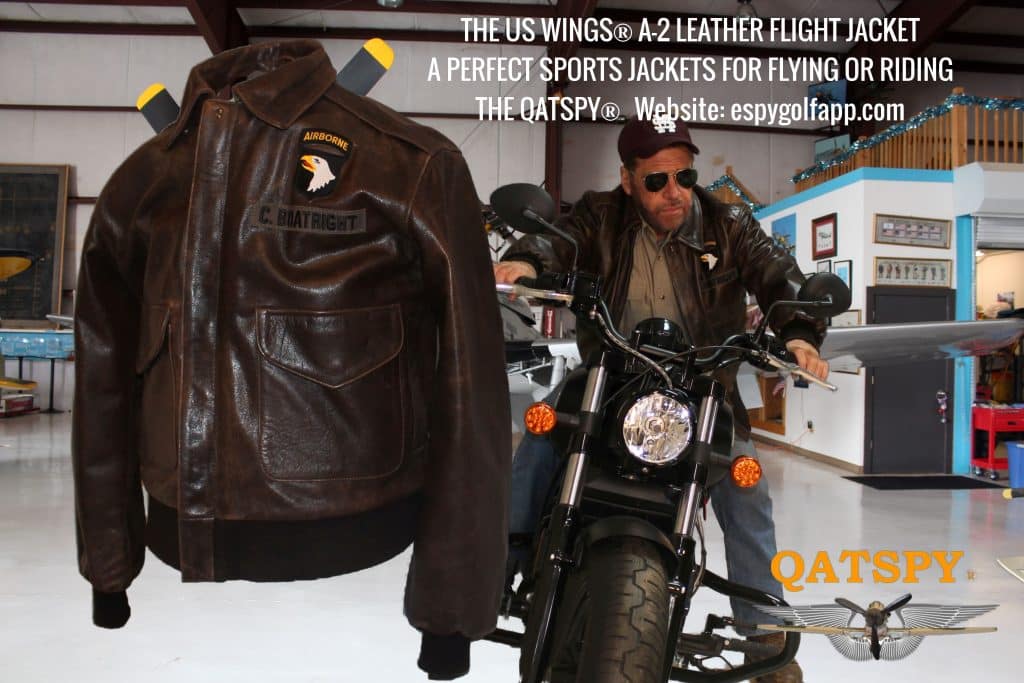
A Brief History of the Khaki Chinos
Understanding the history of fashion helps us to develop personal styles that also set design standards for clothing designers that endures for decades. This is a significant benefit for you in shopping for clothing, due to their historical significance of the styles that endure for decades where you have to continue to purchase la mode du jour (or fashion of the day). These classic styles became part of our fabric as a nation. You realize that something is a classic when it becomes a standard that is copied over-and-over for decades to come.
To highlight this, in 2019, the U.S. Army returned to the Class-A uniform that was worn in the early 1940’s that we see in movies dating back to that era of the Greatest Generation. One thing that the English people remarked about during World War II was how well our service personnel were sharply dressed. A major part of that impression was the khaki chino pants and The leather flight jackets that our aircrews and airborne units wore in England while waiting for The D-Day Invasion.
The following is the brief history of how these two pieces of gear (khaki Chino and Leather Flight Jacket) became part of the fabric of American history and a standard of fashion, even a century later. History helps us to understand what makes something become part of the fabric of our lives that we can identify with for decades and are simple and nostalgic in their design.
The Khaki Chino Gear of Pants and Shirts
Most fashions that endure have a common link, as they were born out of sheer necessity and, in some cases, survival, so they were essential. We have immense appreciation for simple styles that impact our lives, in terms of confidence they provide us. Nothing can replace our confidence in how we look and feel in wearing certain styles we are comfortable wearing. Our standard wardrobe isn’t so much based on la mode du jour or even style that appeals to us as it is the confidence of what we wear provides us.
Let’s start with the term Chino– The cotton fabric that was used for pants and shirts that our military wore during the Spanish-American War of 1898 that was imported from China. The soldiers, and particularly the Rough Riders, led by Colonel Theodore Roosevelt up San Juan Hill, used the French term ‘Chinois‘ for the imported Chinese, or Chinois, milled fabric. The French term Chinos stuck and that described the pants that go with almost anything we wear that is a key component of our confidence.
Besides my blue jeans that I wear while working around the farm, hangar, and for leisure wear, the majority of my pants are khaki chinos. Both my blue jeans and khaki chinos are able to be paired with almost anything, in terms of a shirt and jacket, another key factor in selecting clothing.
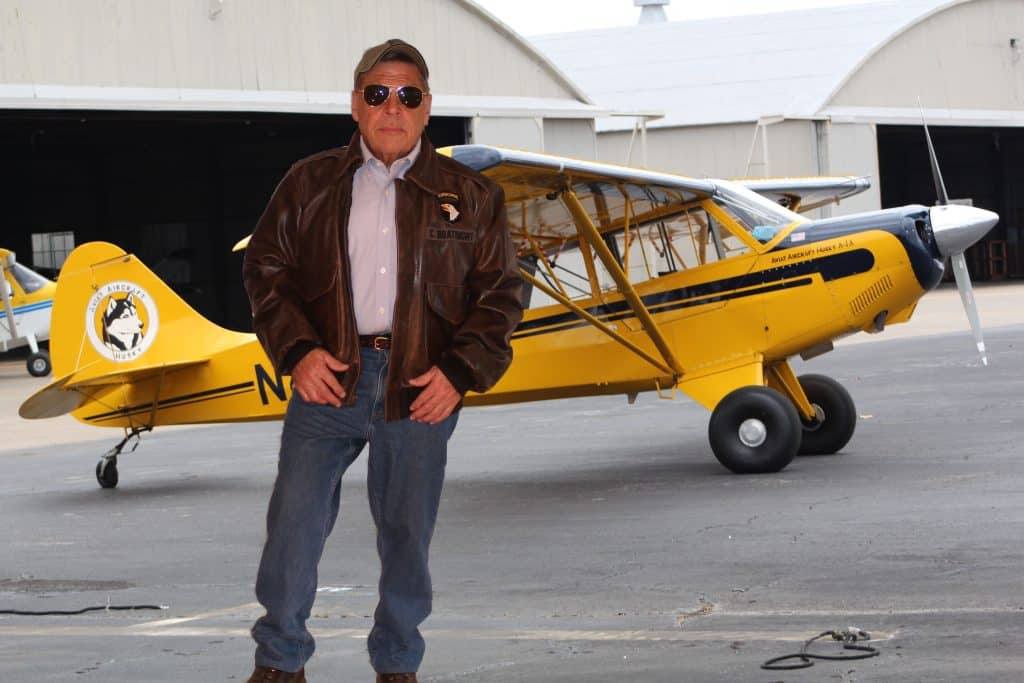
Now let’s look at the word khaki– More often than not, the term khaki is also used to describe the fabric of the pants, rather than just the color of the fabric of the pants. The term khaki, that is the color, goes back to the British Military infantry in India, just before the American Civil War ended in 1865.
Before smokeless gunpowder was used on a large scale starting in 1884, camouflage, or concealment, wasn’t a serious consideration for the infantry. The battlefield was usually so obscured with dense, black powder smoke from cannon and rifle fire from smooth bore rifles that nothing could be seen once the battle started. This persisted up to just after the American Civil War had ended.
Take note of the term smooth bore rifles that were used during this same time period, leading up to the Civil War. The discontinued use of smooth bore rifles also influenced the need for concealment, or camouflage, of military clothing.
Both the smokeless gunpowder and rifling in barrels of canons, rifles, and later pistols had a huge impact on the color of military uniforms. The introduction of smokeless gunpowder cleared up the battlefield and rifling, or spiral grooves milled inside of the barrel, imparted spin on the projectile, or bullet. This made cannon and rifle fire a lot more accurate over longer distances. This brought the color of the uniforms into serious question for survival.
Up to the introduction of smokeless gunpowder and riflings, the same uniforms used for marching in a parade were also used for marching into battle. That didn’t improve the survival rate, once smokeless gunpowder and riflings were introduced on the battlefield. In the case of the British, the white trousers and red coats provided a great line of sight on the battlefield to place rounds on target.
Again, born out of necessity, the white pants that the British infantryman wore since before the American Revolutionary War gave way to the need of concealment and losing the red coats.
The British Infantrymen gave us the Khaki of Chinos
The Infantrymen serving in India with the British Military took it upon themselves to use their tea and mix it with native soils to dye their white pants and shirts to a light brown color to blend in with their surroundings. Since the British expeditionary force was in India, the Hindu word for sand color is the word ‘khaki‘. Khaki color pants and shirts became standard issue of most military uniforms around the world even today, that extend all the way back to the mid-1800’s.
The Classic- A-2 and the G-1 Leather Flight Jackets
World War I was the first time aviation was used on such a large scale, not just for aerial reconnaissance, aerial bombardment, and dog fighting. Later aviation was also used for ground support, like for air cavalry that used Huey and now the Blackhawk Helicopters instead of horses.
This expanded role of aviation took a significant amount of training for aviators, Kerosene Cowboys, not just to fly, but for conducting aerial combat missions. Investing that much time and money in aviation training made it necessary for the U.S. Army Air Corps to protect their highly-trained squadrons from future pandemics after the 1918 Spanish Flu. The Spanish Flu claimed more lives than were killed in battle during World War I.
Up to 1931, the leather flight jackets issued to aviators were based on the A-1 Leather Flight Jacket, which had a button-up, overlap front and open waistline and cuffs. These were air gaps that exposed aviators’ clothing to airborne pathogens. The A-2 Leather Flight Jacket was modified with a zipper, that had an overlapped front flap, and elastic waistband and cuffs to seal off these areas. This was the same principle that medical staff used by duct taping and sealing off cuffs on legs and sleeves of their hazmat gear during the China, COVID-19, virus.
The A-2 Leather Flight Jacket Provided that Fitted Look
The A-2 Leather Flight Jacket worn by our U.S. Military personnel during World War II provided that fitted look that caught the eye of the English people who were well-steeped in fashion, especially the English ladies. You couple that with that swashbuckler look that English people had of our U.S. Military personnel, and The A-2 Leather Flight Jacket just finished off that Hollywood, fitted look that trumped any sports jacket.
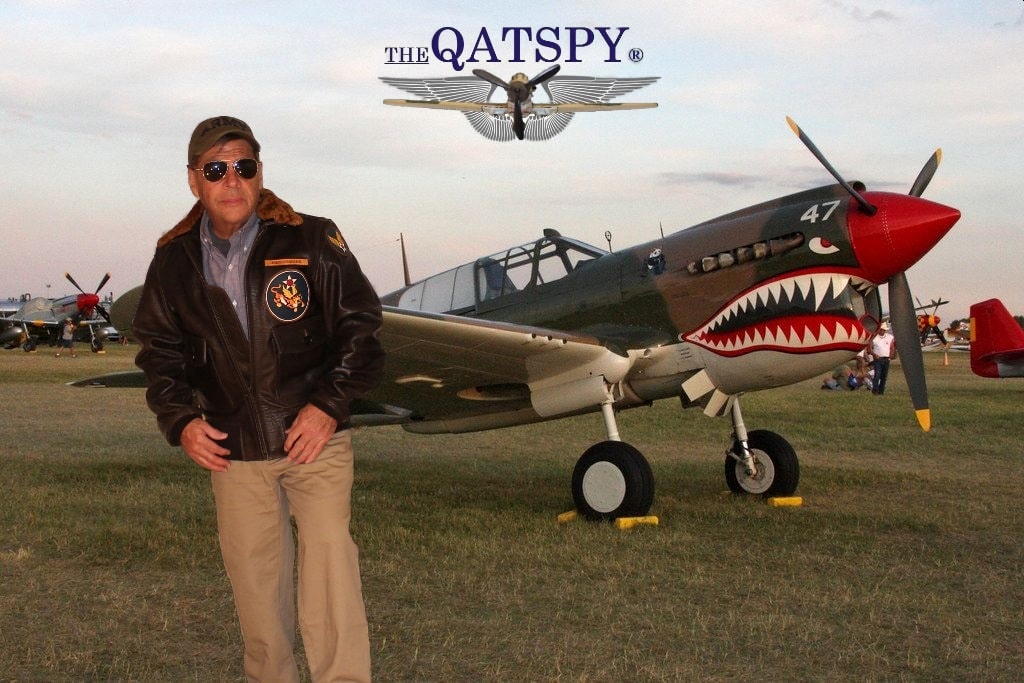
Contrast that Hollywood, fitted look of The A-2 Leather Flight Jacket with typical sports jackets that broadcasters on television wear, while either sitting or standing in front of the camera lens and you see the benefits of the fitted look. Broadcasters giving news, weather, or sports accentuate the issues with the standard sports jacket, either buttoned or unbuttoned. The buttoned sports jacket doesn’t allow for that nice, fitted look especially around the waist, without tight tension gap look where the sports jacket is buttoned. More times than not, the sports jacket bunches up and separates above and below where it is buttoned.
The fit of our US WINGS® A-2 or our G-1 Leather Flight Jacket eliminates this bunched-up gap look, especially the tension where the sports jacket is buttoned. Purchase our leather flight jacket that not only has the form-fitted and fashion look; but also provides you with that do anything, go anywhere, at any time look that our A-2 or G-1 Leather Flight Jacket provides for both men and women.

Our A-2 or G-1 Leather Flight Jackets can even withstand the rigors of flying in the cockpit, like Bush Pilots, but also when riding a motorcycle that I ride, going to and from our hangar. Do that with your cloth sports jacket and see how well it holds up to the wear and tear. These features helped influence and inspire the Indiana Jones gear that includes Harrison Ford’s Leather Jacket and khaki chino pants wore while on his archeological expeditions, as noted below.
